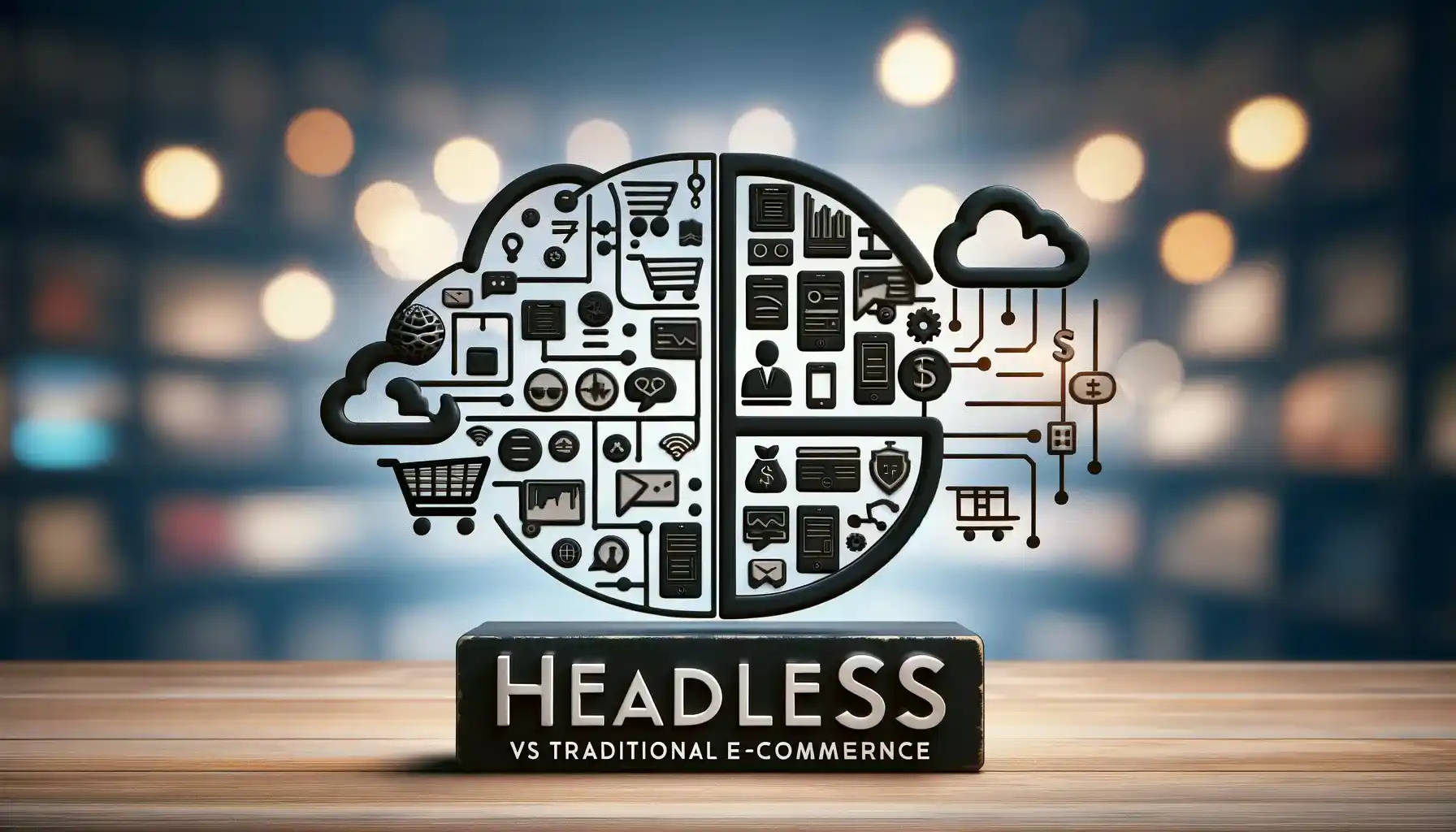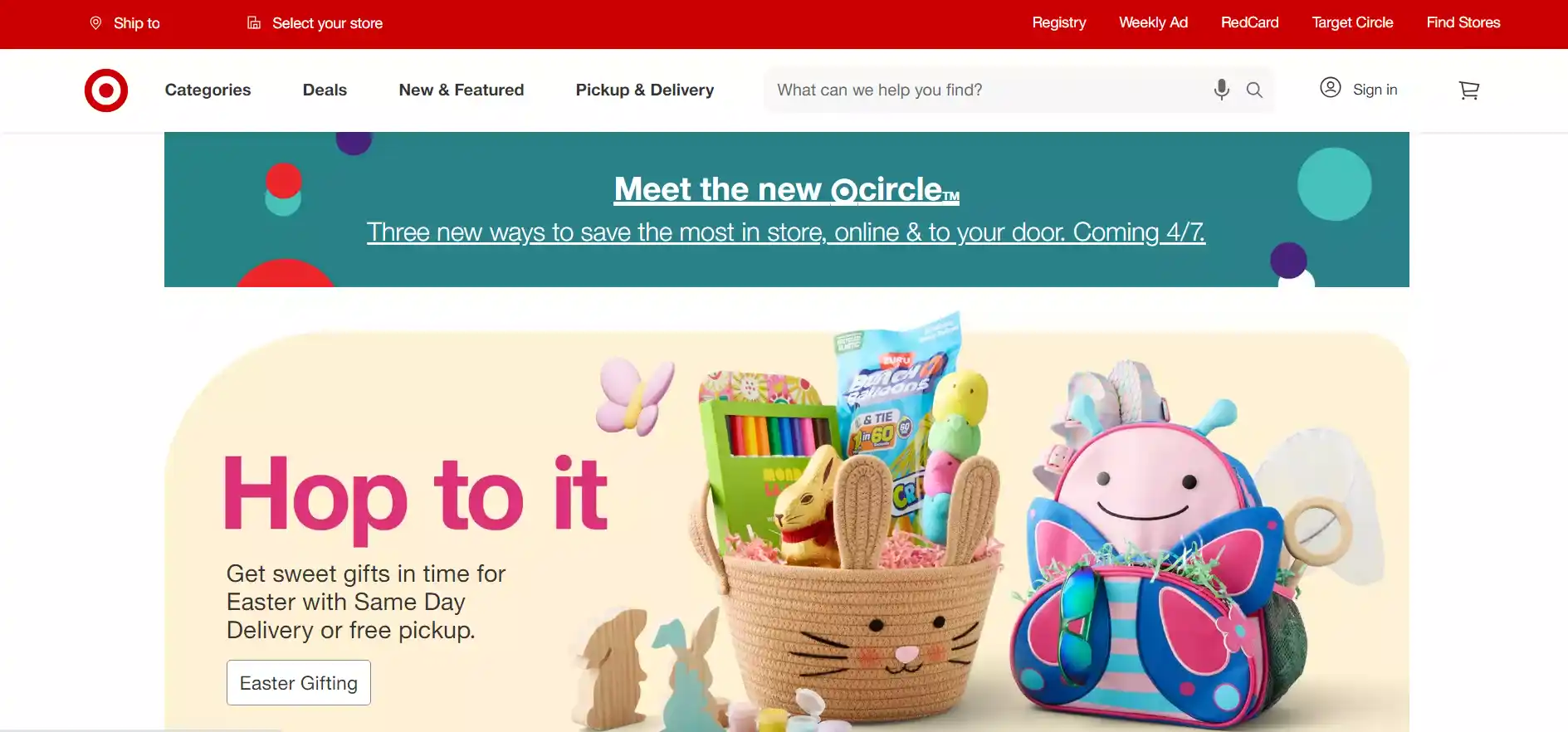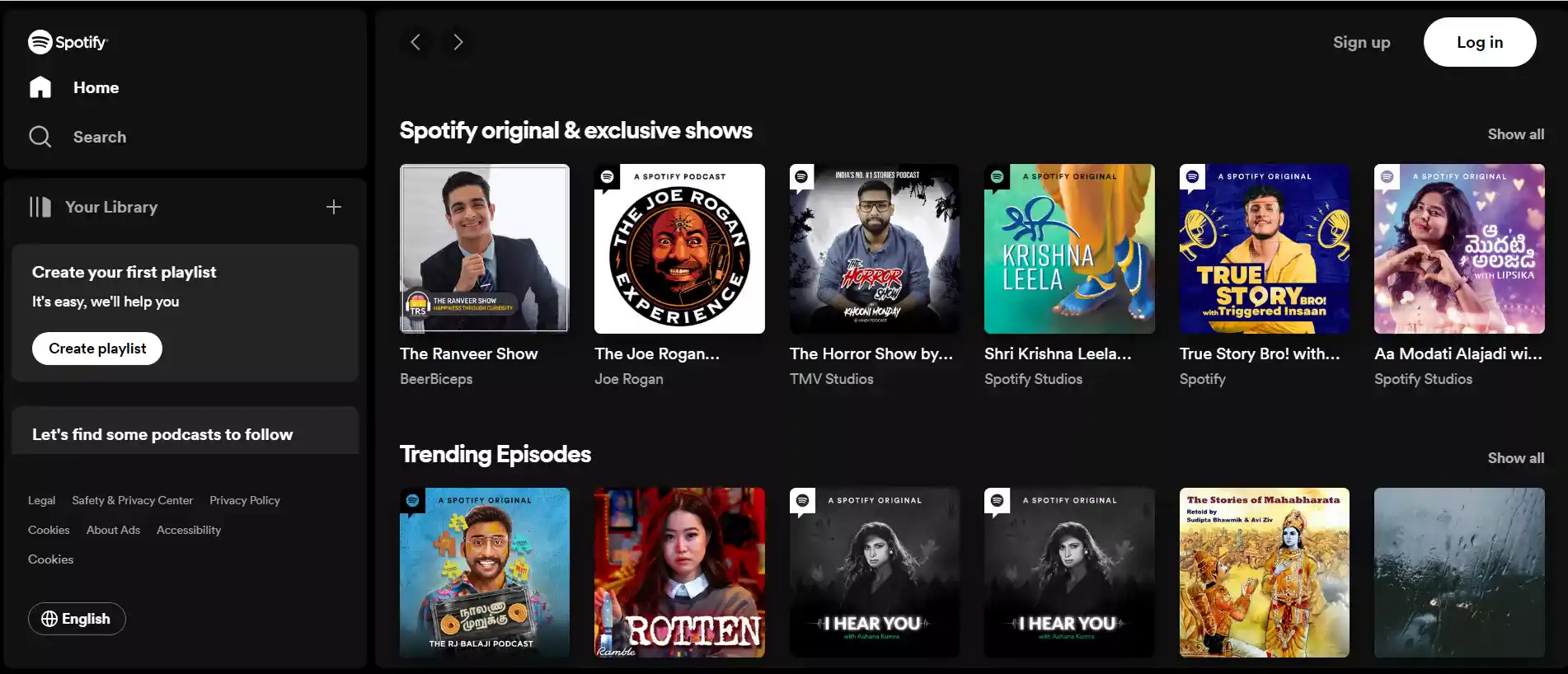Table of Contents
In today’s digital landscape, businesses grapple with ever-evolving consumer expectations and technological advancements. Traditional digital architectures often falter, lacking flexibility and responsiveness to meet modern demands.
Enter headless technology, a revolutionary solution addressing these challenges with innovation and necessity. In this article, we explore its essence, contrasting it with traditional e-commerce and content management systems. Discover its diverse benefits, including agility, scalability, and personalized experiences.
Explore real-world illustrations from industry leaders like Amazon, Nike, and Netflix, and demonstrate how they harness headless technology to maintain competitive edges. Explore how they navigate the digital realm with finesse and adaptability, setting new standards for success.
What is Headless Technology?
Headless technology decouples the user interface (front-end) from the underlying system logic (back-end), enabling them to operate independently. This separation enhances efficiency and flexibility by allowing developers to work on each component separately, making updates or changes more manageable.
Advantages:
- Enhanced Efficiency: Separation of layers facilitates easier modifications and updates, improving overall system performance.
- Flexibility: Developers can choose technologies independently for each layer, enabling scalability without disrupting functionality.
Applications of Headless Technology
- E-commerce Platforms: Headless e-commerce platforms offer flexibility and scalability, crucial for adapting to evolving online retail demands.
- Content Management Systems (CMS): Headless CMSs enable centralized content management and distribution across various channels like websites, mobile apps, and social media platforms.
- Digital Experience Platforms (DXPs): DXPs leverage headless technology to deliver personalized digital experiences, enhancing customer engagement and satisfaction.
Headless vs Traditional E-commerce

Traditional e-commerce platforms provide simplicity in setup but are limited in customization and flexibility. In contrast, headless e-commerce platforms offer superior customization, flexibility, and performance through their decoupled layers and API-driven approach. This makes them ideal for businesses aiming to swiftly adapt to market changes and deliver dynamic, personalized user experiences.
| Feature | Headless E-commerce | Traditional E-commerce |
|---|---|---|
| Front-end and Back-end | Decoupled | Coupled |
| Customization | High | Low |
| Flexibility | High | Low |
| Ease of Setup and Launch | Medium to High | Low |
| Cost | Medium to High | Low |
| Technical Expertise Required | Medium to High | Low |
Architecture
- Traditional e-commerce: tightly coupled front-end and back-end.
- Headless e-commerce: decoupled architecture, front-end, and back-end operate independently.
Flexibility
- Traditional e-commerce: limited customization due to predefined user interfaces.
- Headless e-commerce: enhanced flexibility, independent front-end updates.
Omnichannel
- Traditional e-commerce: struggles to provide consistent user experience across channels.
- Headless e-commerce: enables seamless omnichannel experience with a single back-end API. An omnichannel chatbot integrated into headless e-commerce architecture utilizes a single back-end API to deliver a seamless experience across all customer touchpoints.
Performance
- Traditional e-commerce: may face performance issues due to its monolithic structure.
- Headless e-commerce: allows independent optimization for faster loading times.
Development
- Traditional e-commerce: limited to a single technology stack, interdependent layers.
- Headless e-commerce: freedom to choose technologies for each layer, faster development.
3 Key Benefits of Headless Technology
1. Personalized Experiences
- Dynamic Content Customization: Headless technology tailors content to individual preferences, ensuring personalized experiences.
- AI-driven Solutions Integration: Seamlessly integrating AI enhances experiences by analyzing behavior for targeted interactions.
- API-first Approach: Efficient data exchange empowers AI solutions with relevant data, further enhancing personalization.
2. Agility
- Swift Updates: Separation of front-end and back-end allows for quick updates without disrupting other functions.
- Rapid Implementation and Testing: Headless enables fast feature implementation and testing, fostering agility.
- Risk Reduction: Headless architecture minimizes unintended consequences, promoting dynamic development.
3. Scalability
- Independent Scaling: Separate layers facilitate flexible scaling to accommodate fluctuating demand.
- Cost-effective Scalability: Headless architecture offers efficient scalability, avoiding unnecessary expenses.
Real-World Illustration of Headless Technology
1. Amazon

Microservices-based Architecture
- Amazon adopted a microservices-based architecture.
- Backend services were separated from frontend presentation.
- This architecture ensured scalability and flexibility.
Scalable Backend Services
- Backend services were designed to scale independently.
- This ensured efficient handling of varying loads and demand spikes.
- Scalability contributed to Amazon’s ability to handle massive traffic.
Seamless Customer Experiences
- With backend and frontend decoupled, Amazon could deliver seamless experiences.
- Customers enjoyed consistent interactions across various platforms.
- This approach contributed to Amazon’s reputation for excellent user experience.
2. Target

Enhanced Customer Journey
- Decoupling backend processes from frontend user experiences streamlines the customer journey.
- Consistency across devices and channels is ensured, improving overall user experience.
Brand Loyalty in Retail Landscape
- Target’s implementation of headless technology enhances brand loyalty amidst competition.
- Consistent experiences foster trust and reliability, strengthening customer relationships.
Improved Flexibility and Adaptability
- Headless architecture enables Target to adapt quickly to changing market demands.
- Flexibility in making updates or introducing new features enhances agility in response to customer needs.
Optimized Multichannel Presence
- Separation of backend processes allows Target to maintain a seamless presence across various channels.
- Integration of online and offline experiences ensures a cohesive brand experience for customers.
3. Spotify

Swift Updates with Headless CMS
- Spotify employs a headless Content Management System (CMS) for its music library.
- This allows for rapid updates to the music catalog without affecting the user experience.
- New releases, artist updates, and content additions can be seamlessly integrated into the platform.
Seamless Device Integration via Spotify Connect
- Spotify Connect enables seamless integration with various devices.
- Users can effortlessly switch between devices without interrupting their listening experience.
- This integration enhances convenience and accessibility for Spotify users across different platforms.
Empowering Tools for Artists with Spotify for Artists
- Spotify for Artists is an empowering tool provided by Spotify.
- It allows artists to manage their profiles, track performance metrics, and engage with their audience.
- Through this platform, artists can gain insights into their fanbase and tailor their content accordingly, fostering a closer connection with their listeners.
4. Netflix

Robustness, Agility, and Personalization
- Netflix’s shift to headless architecture ensures robustness, agility, and personalized experiences.
- Decoupling the front end from the back end enhances flexibility and responsiveness.
- Enables swift adaptation to market changes without disrupting service.
Leveraging Microservices for Improvement
- Netflix uses microservices for continuous updates and personalized content delivery.
- Real-time data analysis enables tailored recommendations and interfaces.
- Modular components allow independent scaling and optimization.
Seamless Content Delivery Across Devices
- The headless architecture ensures seamless content delivery across devices.
- Adaptation to device capabilities and user preferences enhances satisfaction.
- Supports Netflix’s leading position in on-demand streaming.
5. Nike

Enhanced Mobile Experiences
- Tailoring the mobile front end without backend constraints allows Nike to optimize user experiences specifically for mobile devices.
- Seamless browsing and shopping experiences on mobile platforms are facilitated, improving user engagement and satisfaction.
Boost in Mobile Sales
- By providing enhanced mobile experiences, Nike effectively boosts sales in mobile channels.
- Optimized mobile interfaces encourage higher conversion rates and increased customer loyalty, leading to improved revenue generation.
Market Share Capture
- Through seamless browsing and shopping experiences, Nike captures a larger share of the market, particularly in the mobile segment.
- Offering a superior user experience compared to competitors enhances Nike’s brand reputation and market position.
Integration of Online and Physical Retail
- Innovative features like Nike Scan bridge the gap between online and physical retail channels.
- Customers can seamlessly transition between digital and brick-and-mortar experiences, fostering brand loyalty and driving sales across both platforms.
Related Article:
Crafting Connections: Mastering Content Personalization Tactics with AI
Navigating the Digital Realm with Headless Technology
In today’s rapidly evolving digital landscape, businesses face the challenge of meeting dynamic consumer expectations while adapting to technological advancements. Traditional digital architectures often struggle to keep pace, lacking the flexibility and responsiveness required to thrive in this environment. However, headless technology emerges as a revolutionary solution, offering innovation and necessity hand in hand.
By decoupling the user interface from the underlying system logic, it enables businesses to operate with enhanced efficiency, flexibility, and scalability. Through real-world illustrations from industry leaders like Amazon, Nike, and Netflix, we see how headless architecture empowers organizations to maintain competitive edges. From delivering personalized experiences to streamlining omnichannel presence and optimizing backend processes, headless technology proves instrumental in navigating the digital realm with finesse and adaptability.
In conclusion, headless technology stands as a beacon of innovation in the digital era, enabling businesses to not only meet but exceed modern demands and expectations. As businesses continue to embrace this transformative approach, they set new standards for success and pave the way for a future of unparalleled digital experiences.





